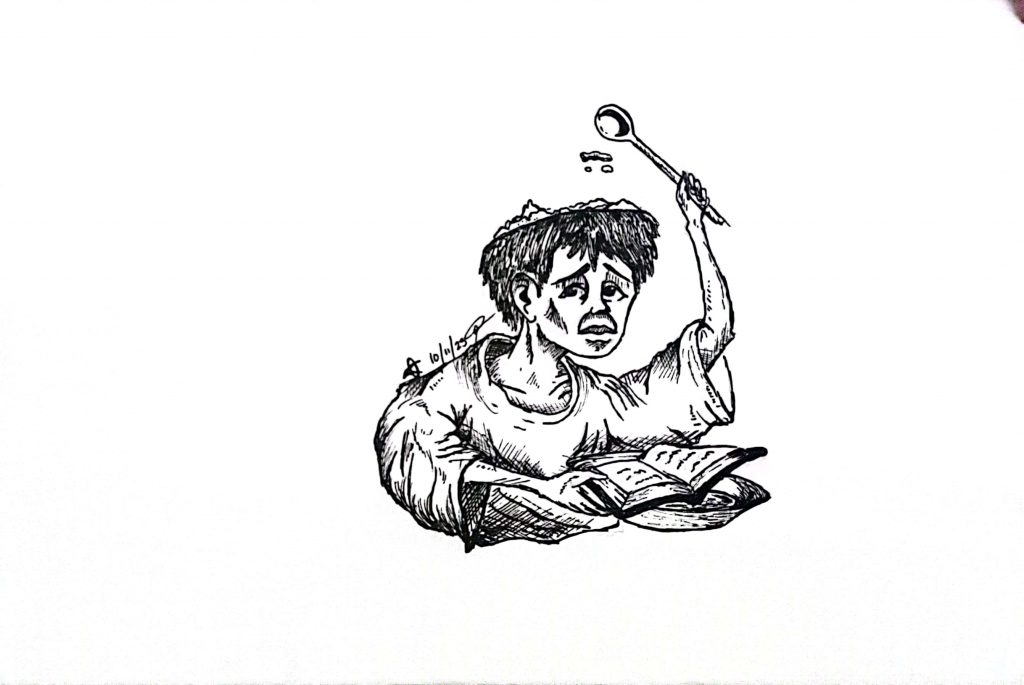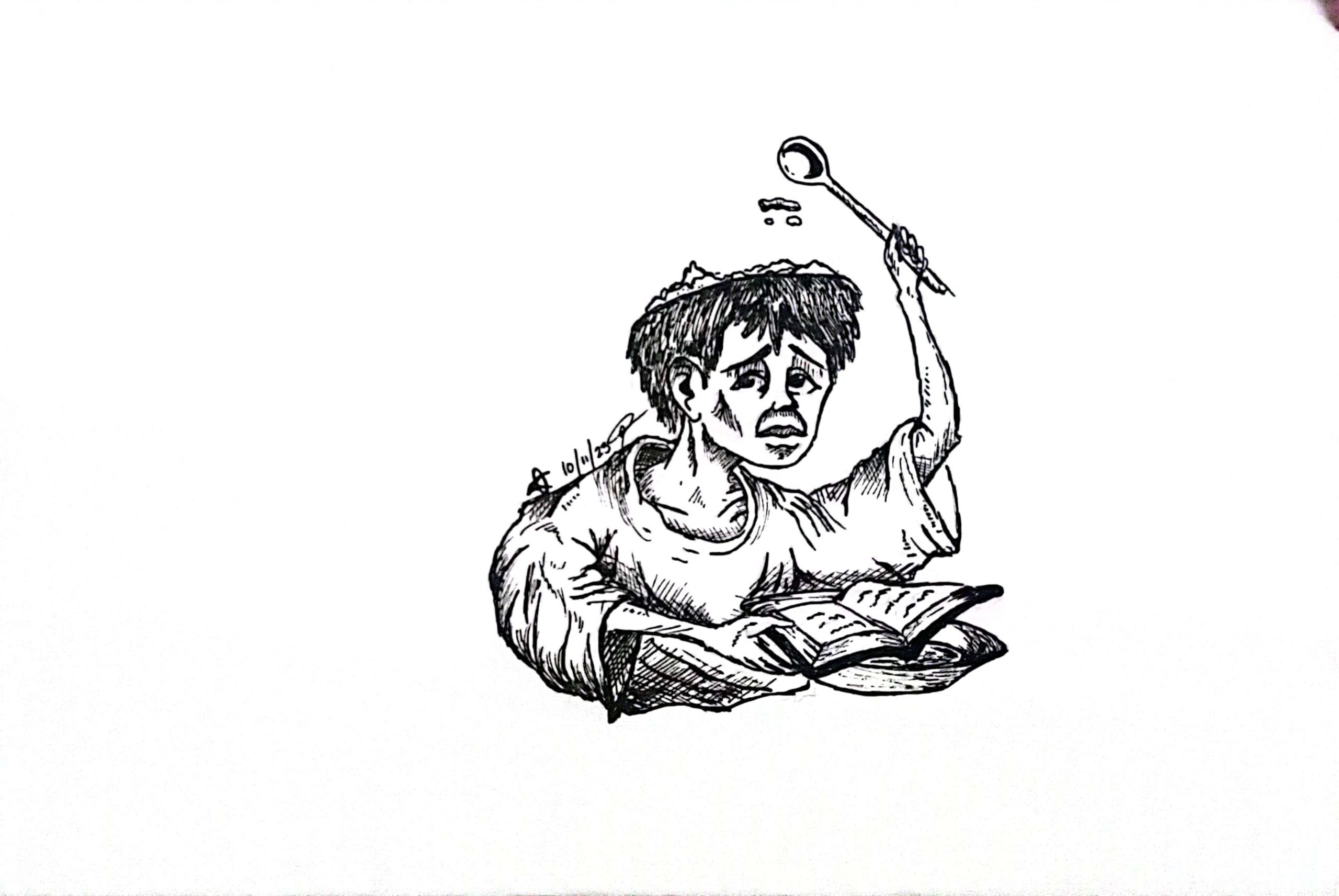
In a country where “no child is left behind” is a top priority, an educator can ask, “Where did I go wrong?” when learning poverty is still pressing.
Learning poverty in the Philippines was pegged by the World Bank in 2022 at 91% — which means around nine out of ten children aged 10 struggle to read simple text. This translates to the Philippines remaining among the poorest in learning in East Asia and the Pacific, with nine out of 10 Filipinos unable to read and understand simple, age-appropriate reading material by age 10, according to a World Bank (WB) report on the quality of education in the region.
The Department of Education, through its then Secretary Briones, launched its 3 Bs dubbed “Hamon; Bawat Bata Bumabasa”, a project that aims at strengthening the reading proficiency of every learner and to nurture a culture of reading which is requisite in all content areas.
“As an avid reader myself, I’d like to witness the next generation become well-rounded readers as well since reading give [sic] a multitude of benefits on well-being and the learning process. This initiative is another step of the Department to champion reading as a foundational tool for quality education,” Secretary Leonor Magtolis Briones said.
However, numbers still do not lie. The statistics still have had no relative improvement. What’s even worse is that this is linked to poor teaching quality. Teachers’ lack of mastery of what they teach and teacher absenteeism have contributed to the Philippines’ high learning poverty. This is what the New World Bank report found.
Data collected from classroom observations show that most teachers in the Philippines use ineffective or weak teaching practices, which “translate into poorer learning outcomes,” the report stated.
Another shortcoming of the Philippine education system is its weak teacher training programs. “While data suggest that a significant percentage of the region’s teachers are trained each year, new surveys in Cambodia, Fiji, Lao PDR, Mongolia, Philippines, Thailand, Timor-Leste, Tonga, and Vietnam indicates training programs do not employ practices linked to improved student learning,” the report also stated.
The report also found that slightly more than 40% of students surveyed in the Philippines, Cambodia, Lao PDR, Malaysia, Myanmar, and Vietnam report, on average, that their teachers are sometimes or often absent. That presents another factor in the picture—teacher absenteeism.
Spending more on other priorities is robbing children of their education. While the Philippines is earmarking 17.5 percent of the total government budget on the schooling sector, this is a red herring at its best, because the government spending on education represented only 3.2 percent of the country’s wealth or gross domestic product (GDP).
We, in the strongest terms, stand for the legislation of allotting more budget for Education to augment the learning wealth of our future nation-builders.


